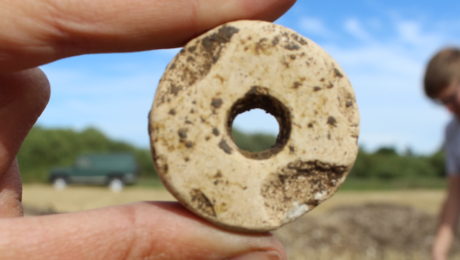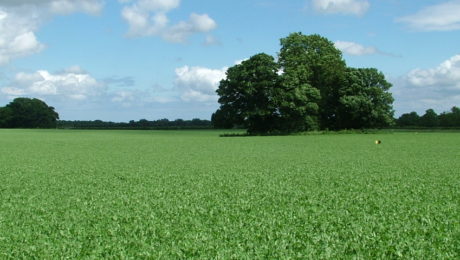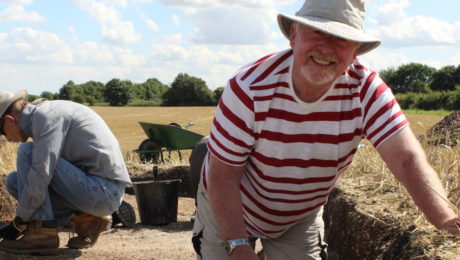Elmswell Farm has maintained the same ancient boundaries for over 1,000 years, since at least the time of Edward the Confessor. Such a continuous parcel of land is unique, and worthy of study in its own right. But the thing that makes the archaeology here so special and so valuable to our understanding of the past is the sheer number of distinct archaeological remains from different periods, which together span 5,000 years of Yorkshire life.
For archaeologists, there’s little more precious than a multi-period site like this, because these are the ones that really help us tie together the stories of all the different people, traditions and cultures that have come and gone over the millennia.
There’s an entire deserted medieval village, complete with crofts, tofts and holloways to be explored. There’s also the Roman ladder settlement, with evidence that it was inhabited from the late Iron Age, right through the Roman occupation and into the early Anglo-Saxon period.
But perhaps the most exciting thing about is the potential to study the transitionary periods – particularly the post-Roman population. Did the Roman settlement continue to be inhabited once the Roman occupation had ended? What was life like for those that stayed?
Now add in the fact that 46 Anglo-Saxon burials were found on the farm, the area’s links with Anglo-Saxon royalty and connections with the kingdom of Deira, and you can start to see why we we’re so interested in Elmswell Farm; it has the potential to fill in a huge number of historical blanks.
On top of that, the farm sits in the Hull valley, which is famous for having square, as well as round, Iron Age burial mounds. Elmswell has turned up some rather curious Iron Age finds of its own, but it also has earlier ones – including several Bronze Age burial mounds. There was even a cache of stone tools, taking us even further back in time. Again, it’s a trail of dots just waiting to be connected.
From an entire medieval village, right back to 5,000 years in the past, Elmswell Farm has so much just waiting to be explored. Every year that we’re able to excavate here, we hope to investigate another period, building up an increasingly detailed timeline that’s able to fill in the blanks, and the transitionary periods, that have often been ignored.
We can see its potential, and we hope you can too!





